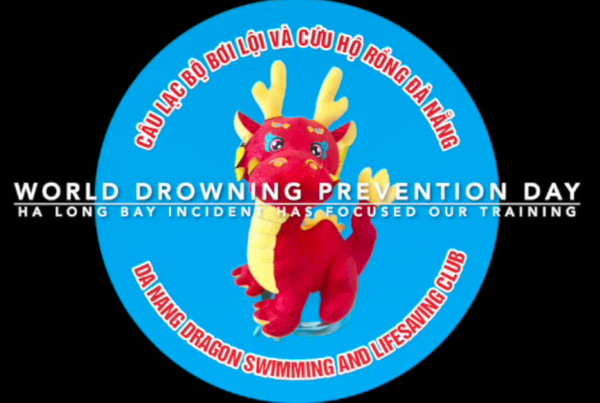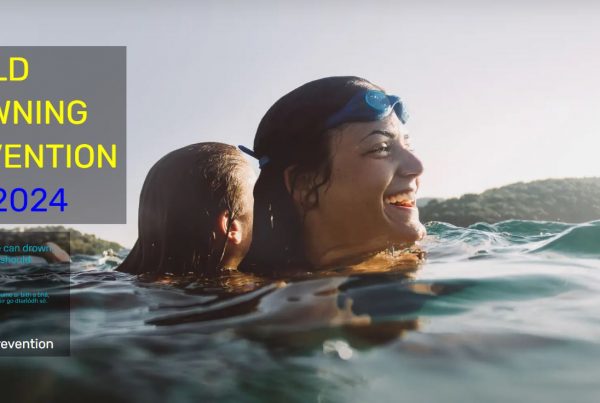75% were male; Half were adults aged 30-59
60%: accidents; 20%: suicides; 20%: undetermined
Irish Water Safety (IWS) has appealed to the public to stay vigilant around water and not to become another drowning statistic. This appeal comes in the wake of IWS drowning statistics for 2013 which recorded 91 drownings, the lowest for 78 years.
Following a particularly hot two weeks in July 2013 during which thirteen tragically drowned, IWS noted a marked decrease in the number of tragedies during the rest of the summer period as the public adjusted their behaviours and attitudes to staying safe. This resulted in an overall total drowning figure of 91 for 2013, the lowest since 1936 when 73 people drowned.
Males were particularly at risk, accounting for 75% of drownings in 2013. Half of all those who drowned were adults aged 30-59. An extract from Irish Water Safety’s 2013 Annual Report notes that the highest figure recorded in any one year to date is 235 in 1983. There was an average of 135 drownings each year in the decade to 2013.
Extracts from Irish Water Safety’s analysis reveals that*:
- 60% were accidents, 20% suicides and 20% undetermined (55, 19, 17)
- 53% of drownings were aged 30-59 (48); 16% of drownings were aged under 29 (16)
- 75% of all drownings were male (69)
- 60% of total male & female drownings were accidental (42 of 69 & 13 of 22)
- 14% of female drownings were suicide (3); 23% of male drownings were suicide (16)
- In the 1970’s, we averaged 91 accidental drownings each year. We ended the 00’s averaging 55. In the decade to 2013, the figure dropped to 51.
- In the 1980’s we averaged 207 total drownings each year. We ended the 00’s averaging 150. In the decade to 2013, the figure dropped to 135.
Complacency is not an option for anybody as the statistics frighteningly reveal. Although 75% of total accidental drownings were male, the adage ‘boys will be boys’ is muted by the fact that the vast majority of drownings were not boys at all but grown men – 53% aged 30-59, compared to 16% aged under 29.
It only takes seconds for tragedy to strike and this can so easily be avoided if people take responsibility for their own safety by taking note of the following in advance of any trip:
- Swim at Lifeguarded waterways
- If there is no Lifeguarded waterway nearby then swim at a recognized, traditional bathing area
- Swim within your depth – stay within your depth
- Use local knowledge to determine local hazards and safest areas to swim
- Ensure that ringbuoys are present
- Make sure that the edges are shallow shelving so that you can safely and easily enter and exit
- Only drink alcohol after your aquatic activity has ended. Stay Away From The Edge after you consume alcohol.
- Never use inflatable toys at beaches, rivers or lakes.
Media Enquiries:
Link to statistical analysis: http://www.iws.ie/media/drowning-statistics.178.html
Irish Water Safety, The Long Walk, Galway. LoCall: 1890.420.202 / Tel: 091-56.44.00
Mobiles: John Leech 087-6789600; Roger Sweeney 087-6789601
Websites: www.iws.ie / www.aquaattack.ie / www.ringbuoys.ie
*Any interpretation of the figures must be exercised with caution because they are provisional, pending supplementary documentation and therefore subject to change pending further correspondence.



